Facebook local ads offer a quick and effective way to connect with your customers in the online place where they'll likely be spending most of their time. But making a meaningful connection is a little more complex than simply throwing money at the social media giant.
If you're a small business, it's important to unlock the code for getting your local ads seen by the right people at the right time. In the following article, we'll be discussing how you can do this at length. Let's get started!
1. Identify the Customer
Determining whom your audience is as a local business means more than just "people in my area." To get local business advertising seen by the right people, you need to spend some time with a tool called Facebook Audience Insights.
You can narrow your audience down to more than location alone with FAI. Use it to analyze the customer's personal details. Things like:
- Gender: Obvious one. Do they identify male or female? Of those, which percentage show an interest in your page/product or others like yours?
- Interests: Do they prefer a lavish lifestyle? Are they into cooking and reading? What are the things your audience posts mostly about?
- Direct connections: Who already has interacted with something you've posted? What was that interaction -- like, comment, share?
- Indirect connections: So maybe they've yet to interact with your page. What do they have in common with the people who have? How does that coincide with the product or service you're offering?
Next, we'll be talking about the people who already follow you and how they can be useful to your Facebook local advertising campaign.
2. Focus First on Your Existing Audience
Facebook can be beneficial even to your audience who isn't on there yet. And given the polarized political climate, there could be several of them out there.
Use your connections from outside of Facebook when setting your audience insights. These are your customers and existing prospects.
What are some of their personal details you can use to populate the Facebook Audience Insights tool? These can be beneficial in finding others just like them who are active on the platform.
Whatever you do, don't be generic. Sit down with pen and paper in hand. Envision a few of your most hardcore customers.
What are some questions you've asked them? Some conversations you've shared? Brainstorm a list of their interests and personality traits and go from there.
3. Determine Your Goal
Not every goal has to be attached to revenue. Sure, you want to monetize your customers eventually. But don't stop yourself from figuring out how to use Facebook ads simply because you have nothing to sell.
A good example of this is when you have a product launch. This could be a physical product, a productized service, or an informational (read online) product.
Ask yourself what you hope to accomplish with your Facebook spend. Here are some common questions:
- Do you want to grow your email list?
- Do you want to grow your Facebook following?
- Do you want to sell directly?
- If you're selling directly, is the product tangible or informational?
- What kind of overhead is involved?
- What will the landing page say that you'll be taking them to?
- Maybe you just want to boost your reviews!
Hashing these questions out in as much detail as you can start to pretty much populate what your ads will be saying when it's Go Time.
4. Get in the Spending Mindset
Many people hesitate to ever start their ad campaign because they're mystified by the Facebook algorithm -- or algorithms in general. And basically, they're afraid some type of glitch will end up inadvertently charging a jillion dollars.
Facebook, Google, and the other reputable online advertising platforms have figured this out. They're not going to gouge you on spending without the results to go along with it. In fact, they're not going to gouge you at all.
Facebook, like others, allows you to set the limit of what you plan to spend each day. From there, you'll only be paying for exposure and interaction. In other words, the ad you're being charged for will resonate in some relevant way.
It may not result in revenue. But it will result in the prospect taking the next step toward becoming a customer. The rest is up to your sales pitch.
With this in mind, it should be easier for you to embrace the spending mindset. Keep telling yourself that, yes, you will be spending from the limit you set. But you'll also be moving closer to a customer in the process.
5. Become a Numbers Cruncher
Most of this article so far has been about getting you ready for your Facebook local ads campaign. It assumes you're coming at it from the start.
But the title of this article is, "How Can Small Businesses Succeed with Local Facebook Ads?" You're going to need more than launch advice to do that.
So at some point, you'll want to start crunching numbers and studying how successful your efforts are becoming (or not). First, learn the lifetime value of your customers.
Start with the average purchase price (one year of revenue divided by the one-year quantity of transactions). Multiply that figure by the average lifespan of your customer.
Finally, map what you are spending on Facebook advertising. Particularly, what is the cost of acquiring a customer? Is there a return on investment (ROI) or are you not seeing any revenue (direct or indirect)?
The good news: Facebook is so good at ROI for its advertisers that it's been able to keep the stock in good graces with analysts in spite of ongoing negative publicity for its political polarization.
6. Build a Profitable Offer
Once you know what your threshold of profitability is, you can start thinking about the offer itself. What is the benchmark for the ad paying for itself out of the gate?
You can determine this by looking at the buy-in. What is your price point? Under that price point, how many transactions will it take to pay for the entirety of your planned spending?
It always helps to throw as much as you can into the initial offer. But try to keep in mind it's much easier to sell to existing customers than to create new ones.
Therefore, you'll need to be thinking about the next steps if you want your business to get to a point where you're not constantly having to run campaign after campaign just to keep it afloat.
Think beyond the individual campaign when devising your offer. What is the next "step" in generating revenue from the customer? Perhaps there's a service you can add on to support the product after the initial purchase.
Apple has made an extremely profitable industry out of accessories for its products. Think about how you can do something similar, and it will help inform not only this campaign but future ones as well.
7. Use Organic Delivery
Of course, we would be absolutely remiss not to mention the method of delivering your Facebook local ads. Organic always is best.
But what do we mean by "organic"? In short, we mean the stuff that takes on a life of its own. It's not necessarily created for the express purpose of advertising.
Or, if it is, it's done in a way to encourage organic sharing. Good examples of this are as follows:
- Contests: Everyone loves to win something. If they think all they have to do to win a $500 Amazon Gift Card is to share your post, then that could be enough "viral juice" to make a post worth boosting.
- Customer questions and photos: If your brand already is somewhat established, then encouraging photo shares can be a great way of catching fire. Answering compelling customer questions also may result in a post with viral potential that is worth paying to promote.
- Calls for submission: Many people love to write or create. They love even more to be recognized for it. Enticing them to do so by offering a giveaway or incentive is a good way of generating traffic and the potential to sell future products and services to these people.
You also might consider combining any of the three mentioned above. Whatever you do, be on the lookout for the things that are really resonating and getting more shares than most. And if you need a little extra help, check out these tips for making effective social media posts.
8. Post Often
Finding a message worth advertising requires you to post frequently and at different times. Sometimes the posts you think will do the best fall flat with your audience while others you cobbled together half-heartedly will take off.
Viral marketing is hard to predict without a body of work you can turn to for testing. And you should be ready, willing, and able to test on every front, both organic and paid.
By "ready," we mean you should always be brainstorming ideas for posts. If you feel creatively void, look at what your competitors are doing on Facebook. Think of ways you can take their ideas and make them your own.
By "willing," we mean you should post different types of posts at different times of the day. You also should be willing to get creative with ads. Test them against one another to see which ones are performing better.
By "able," we mean you should have the manpower to execute the publishing and the oversight. And as the header implies, you should be following a routine. If you post infrequently or sporadically, it's easy for the platform (and your followers) to treat you like an afterthought.
9. Make Sure Customers Are Going to the Right Place
Facebook may be a great place to advertise, but it's not where you want your customers hanging out. The ultimate goal should be getting them to move from the social network to your website.
You want control over that data. And as long as you're not moving customers to a platform you own, then Facebook owns you. That's a vulnerable place to be.
The primary point where customers are monetized needs to be yours entirely. There have been far too many horror stories about businesses crashing with an algorithm tweak. Don't become a victim.
10. Have a Plan for Your Customers After the Sale
Hopefully, one of the goals for customers accessing you through Facebook will be capturing a legitimate email address. This is everything if you hope to carry the relationship from the social network to a platform of your own.
But once you have that address, what is your next move? This is where the sales process can get quite complicated.
The reality is this: your customers come to you from different places in the buying process. You should be prepared for all of them.
Don't be like the dog that catches the car. Move your customers incrementally through the pipeline. Have messaging for before, during, and after the purchase.
11. Get Outside Help
This probably is where small businesses have the most trouble building a profitable campaign. They try to do it themselves. Here's how the thought process goes.
They think there they can't afford the expense of hiring help. Then, it becomes an issue of figuring out how to learn the technology while also managing the day-to-day of their business.
At the first sign of frustration, everything falls by the wayside and they figure it's more trouble than it's worth. Big mistake.
For starters, you don't even have to hire outside help to get outside help. There are a number of helpful third-party tools available.
That said, it can be in your best interests to seek a consultant or agency with experience building and managing Facebook ad campaigns. If going this route, resist the urge to turn it all over. Facebook ads are easy to learn and replicate if you stay plugged into your first campaign.
Nevertheless, here is some advice for finding the best marketing agency to help launch your efforts.
Facebook Local Ads Deliver Strong ROI
The more you work with Facebook local ads, the less mysterious it becomes. And as that air of mystery vanishes, you'll start to see your ROI boom. And for more help on how to make the most out of your social media marketing -- not just on Facebook -- check out these tips.



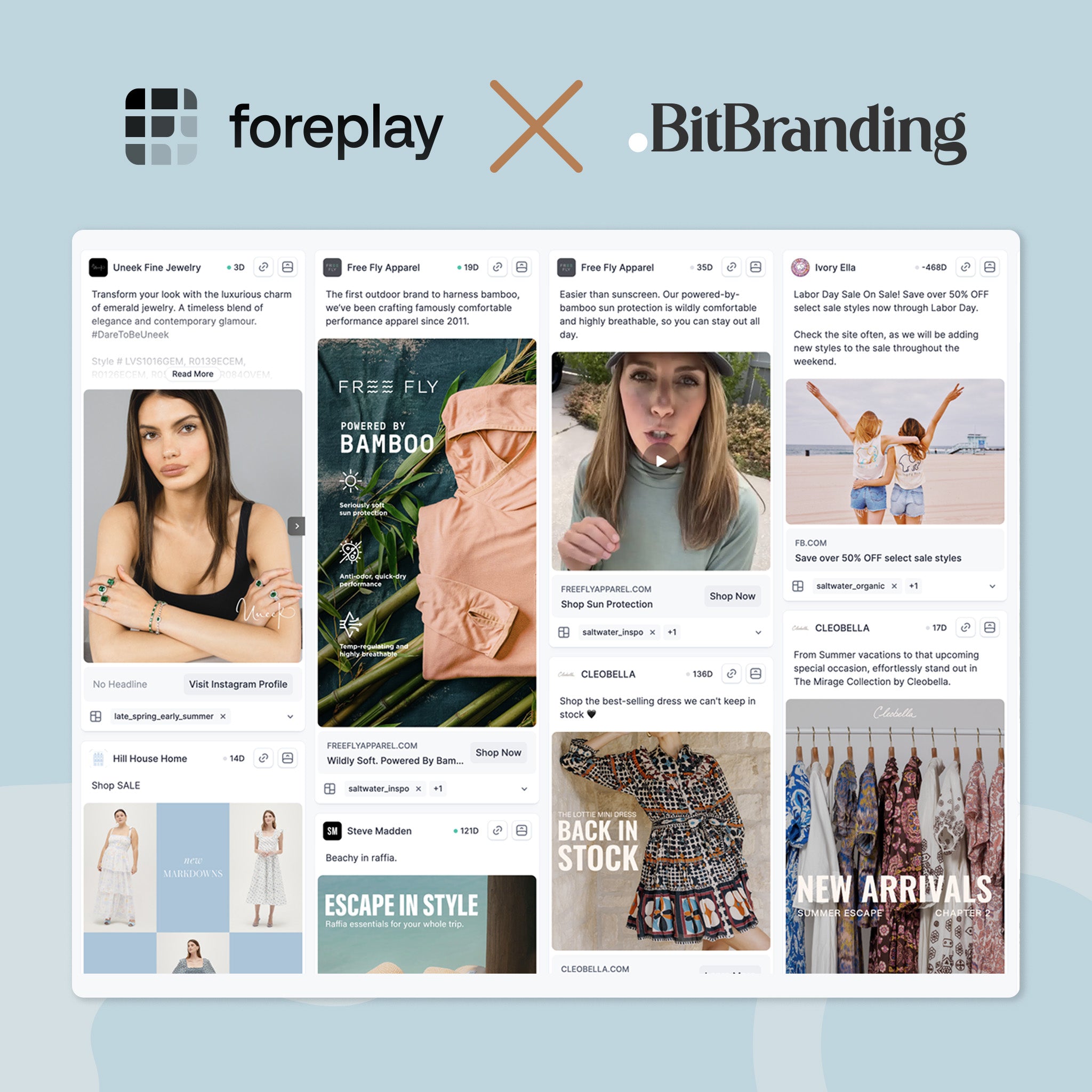
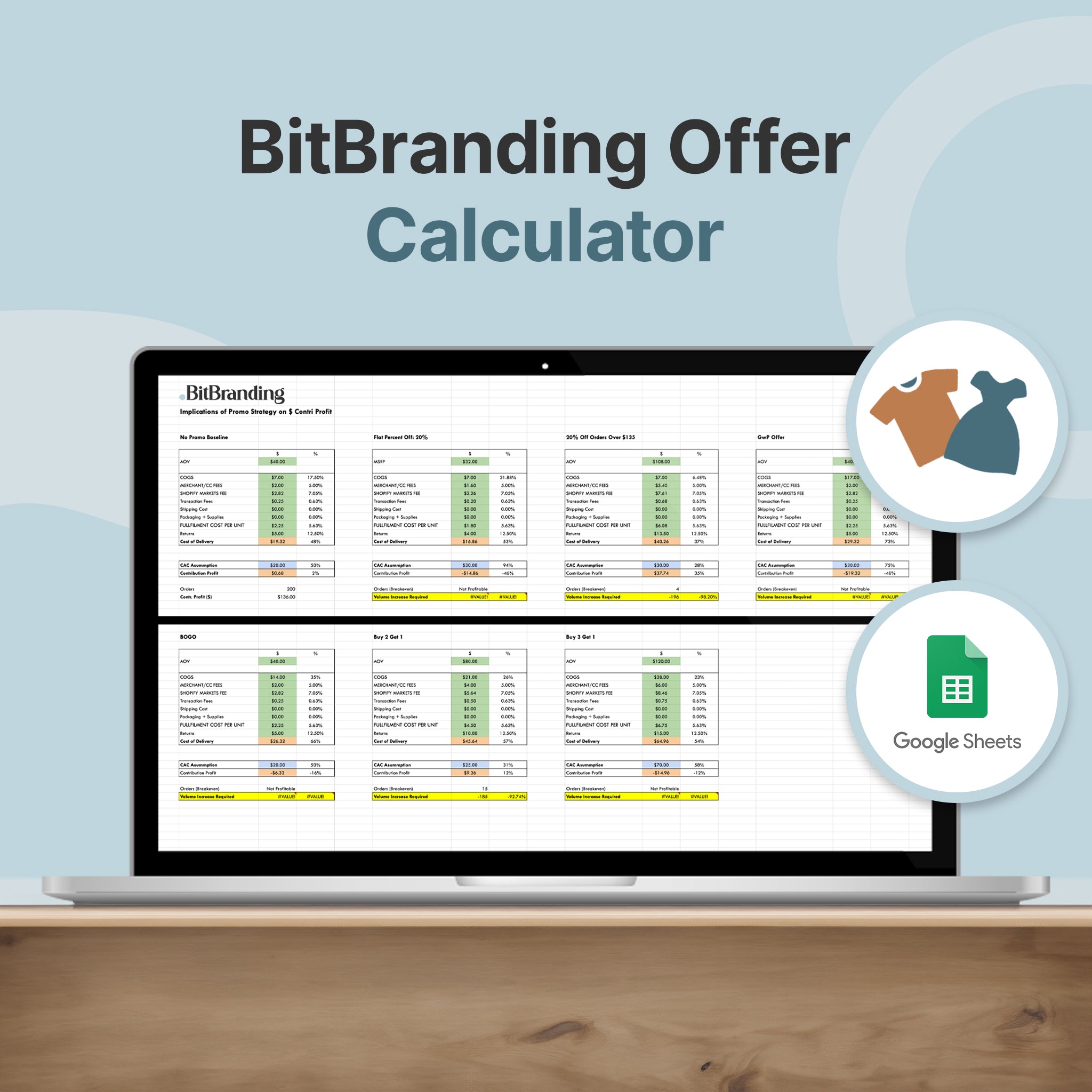
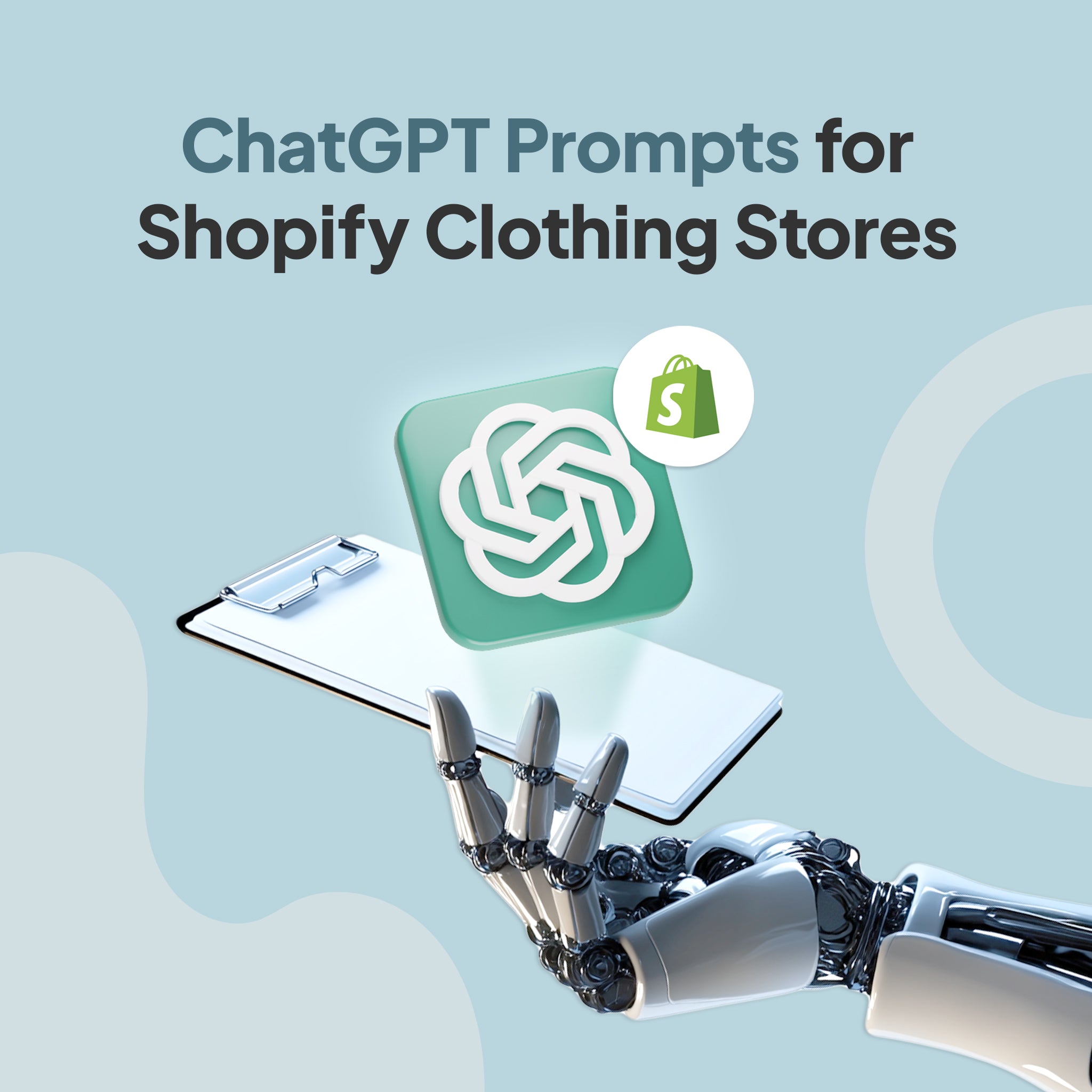

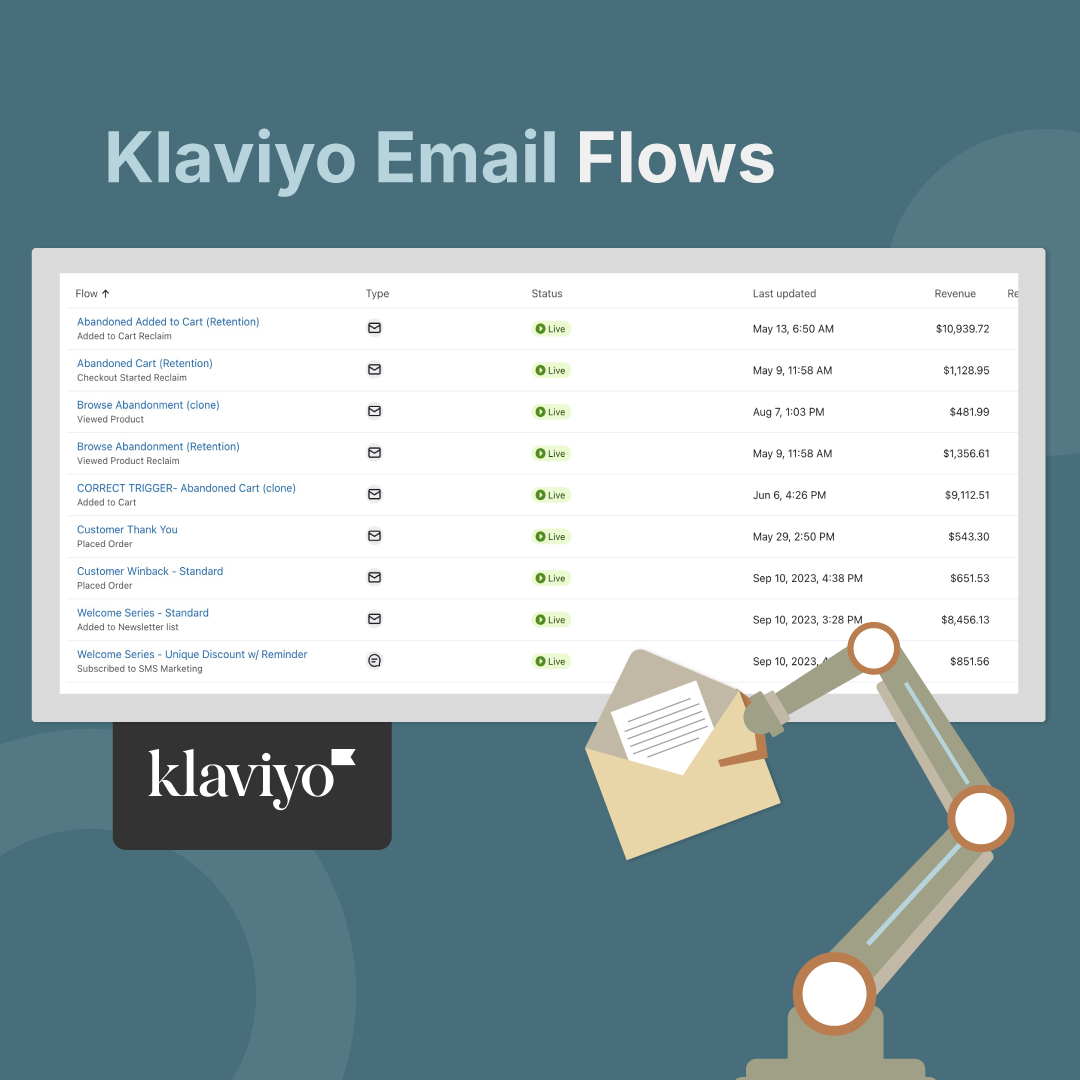
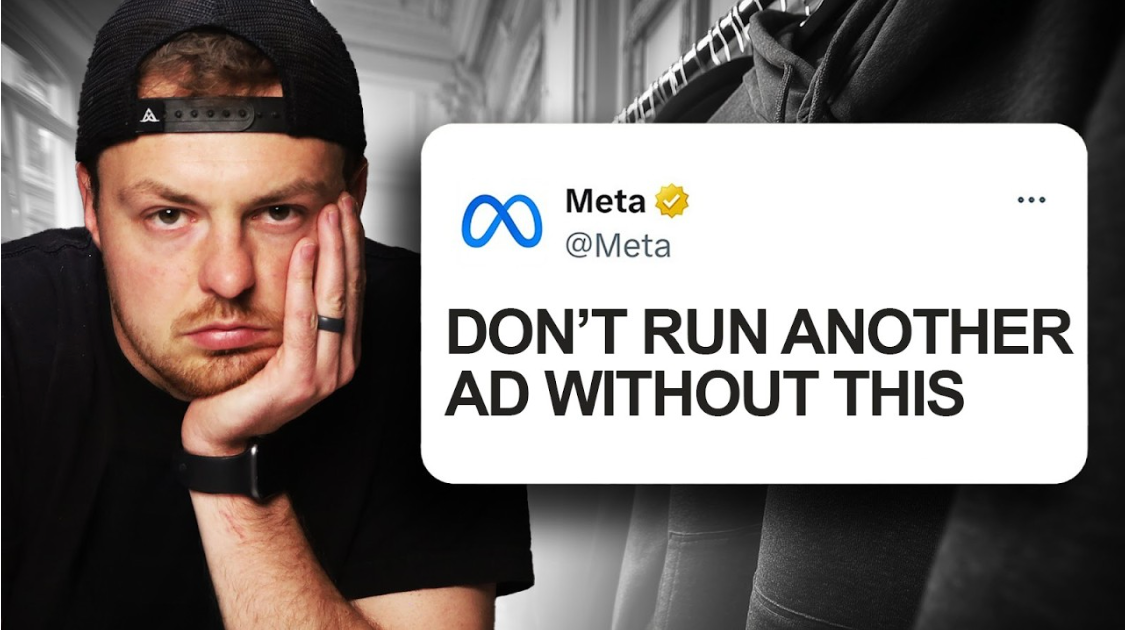
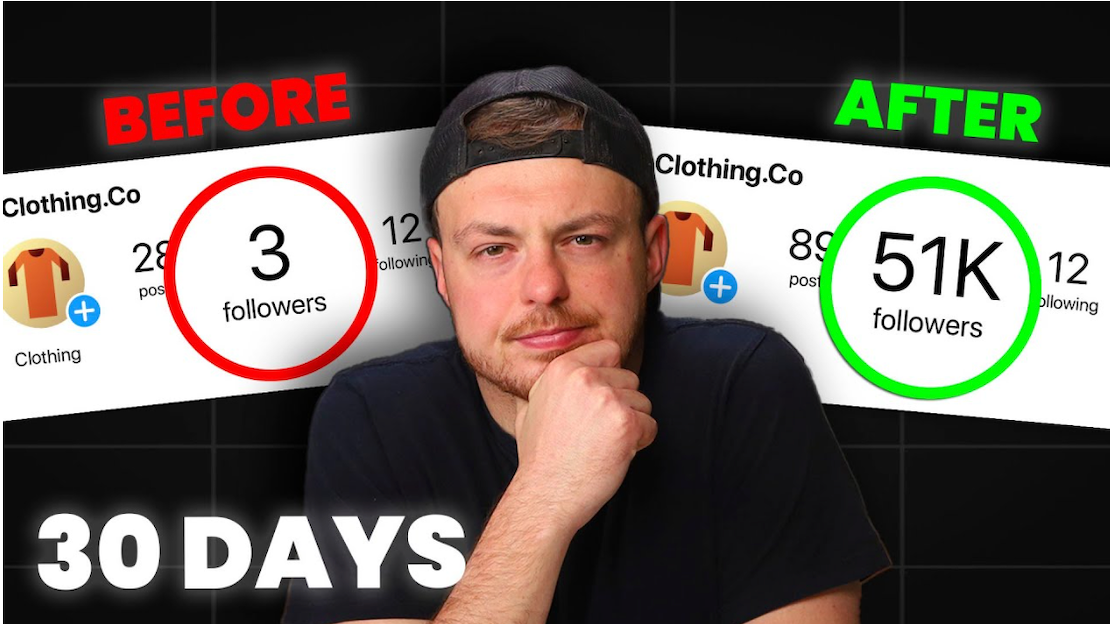
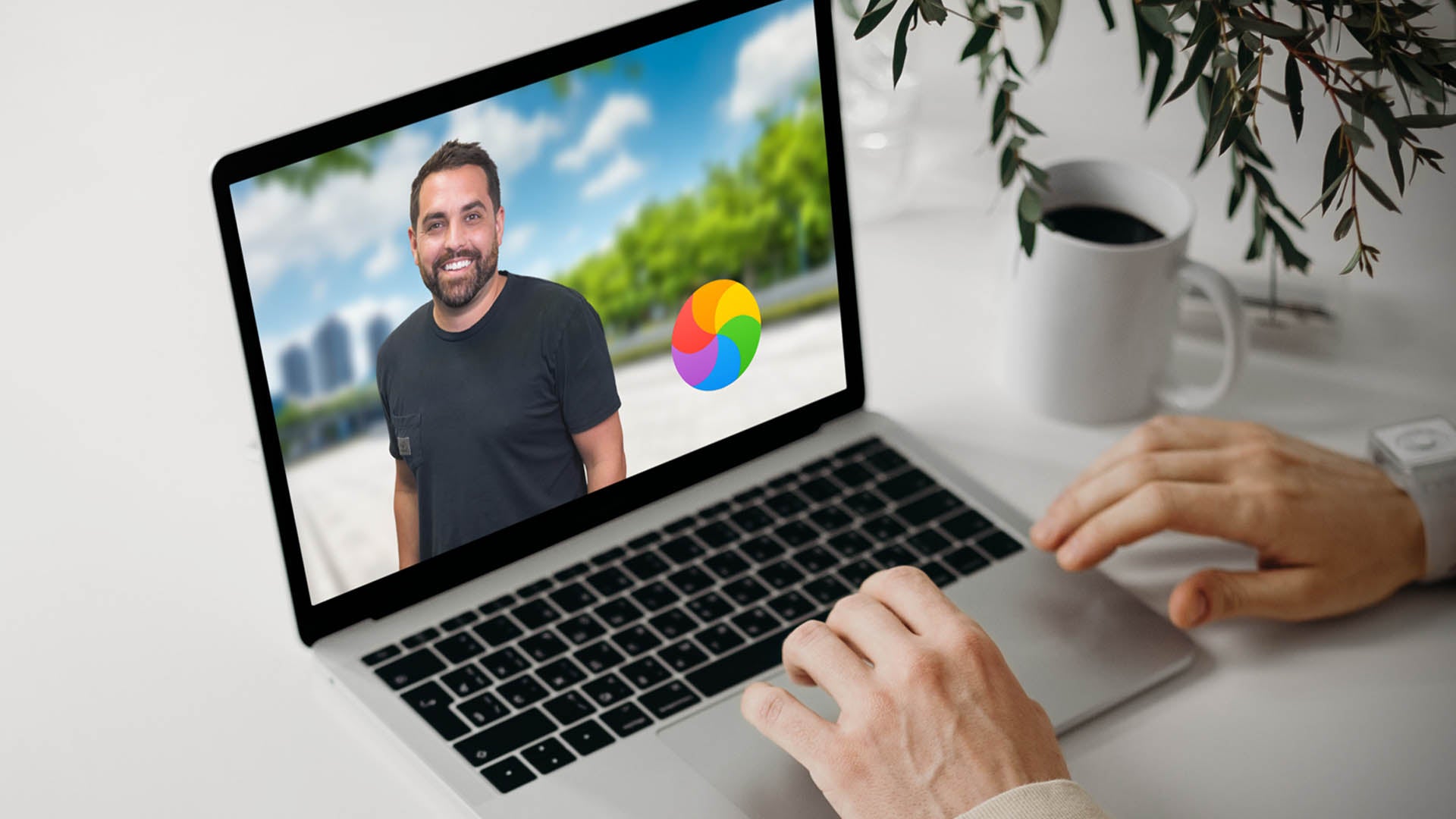
Share:
Reputation Management: Why Your Business Needs It
What Website Trends Can We Expect to See in 2019?